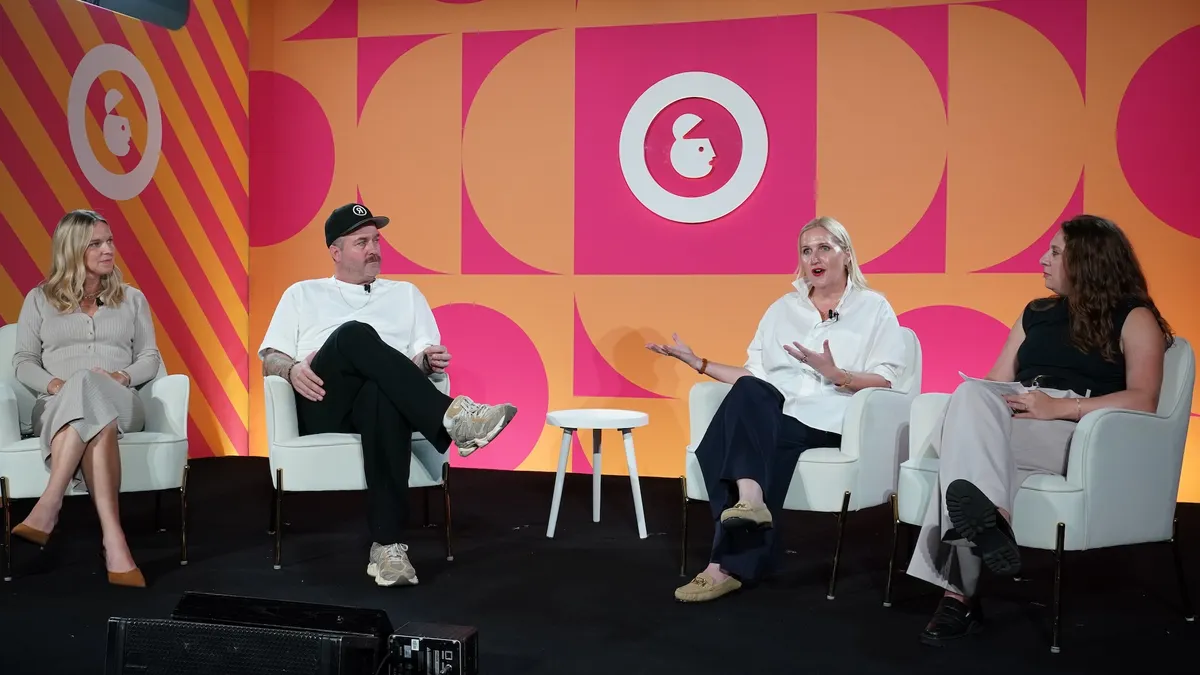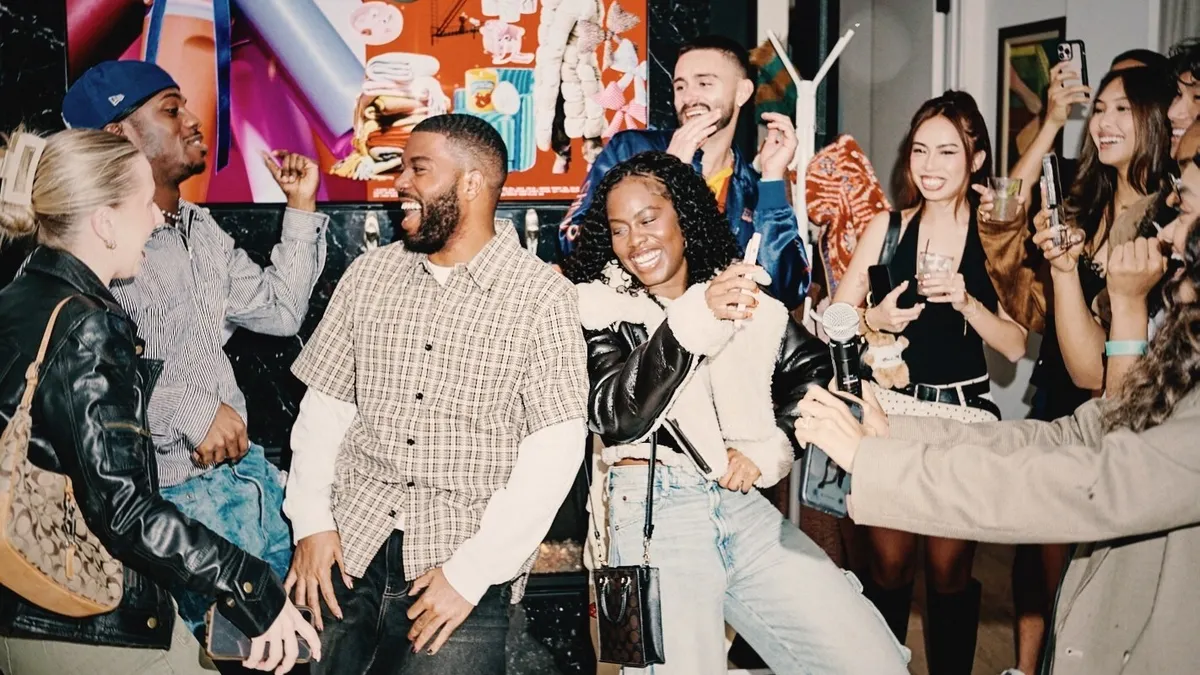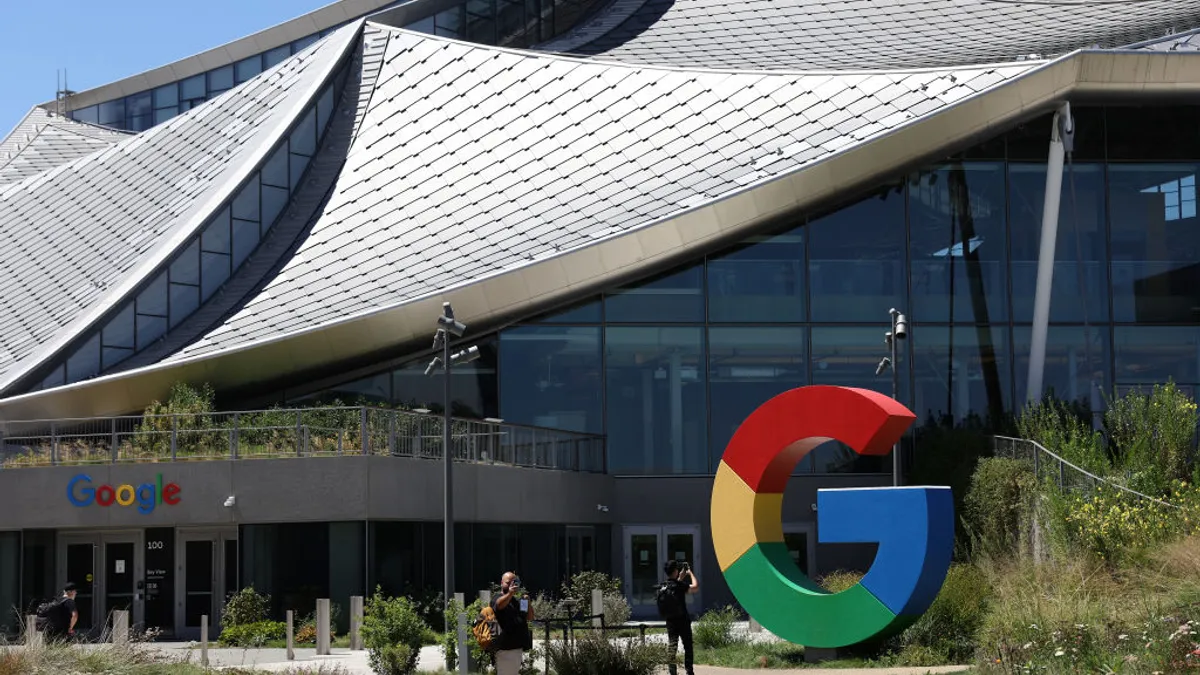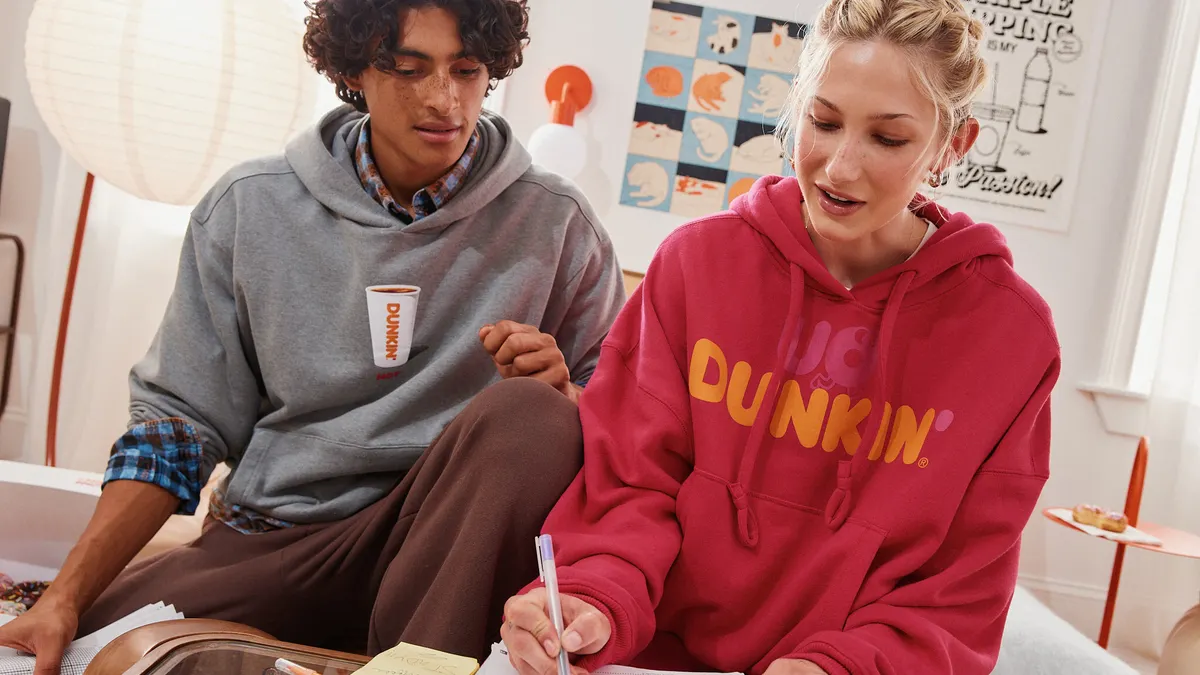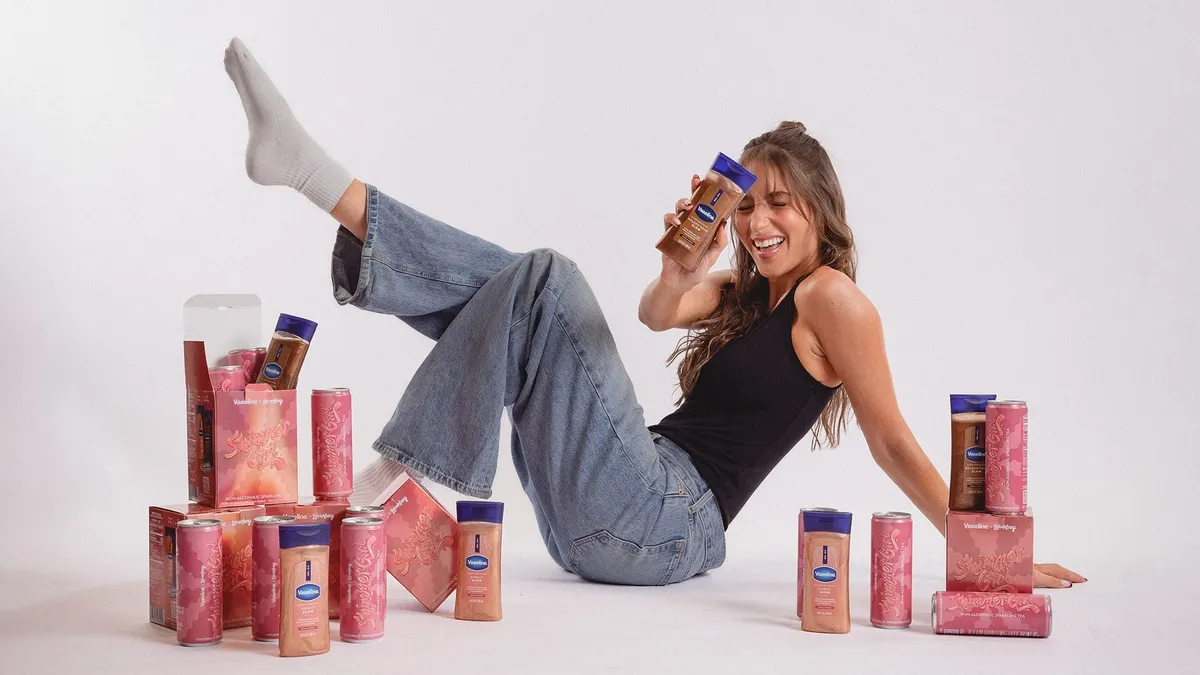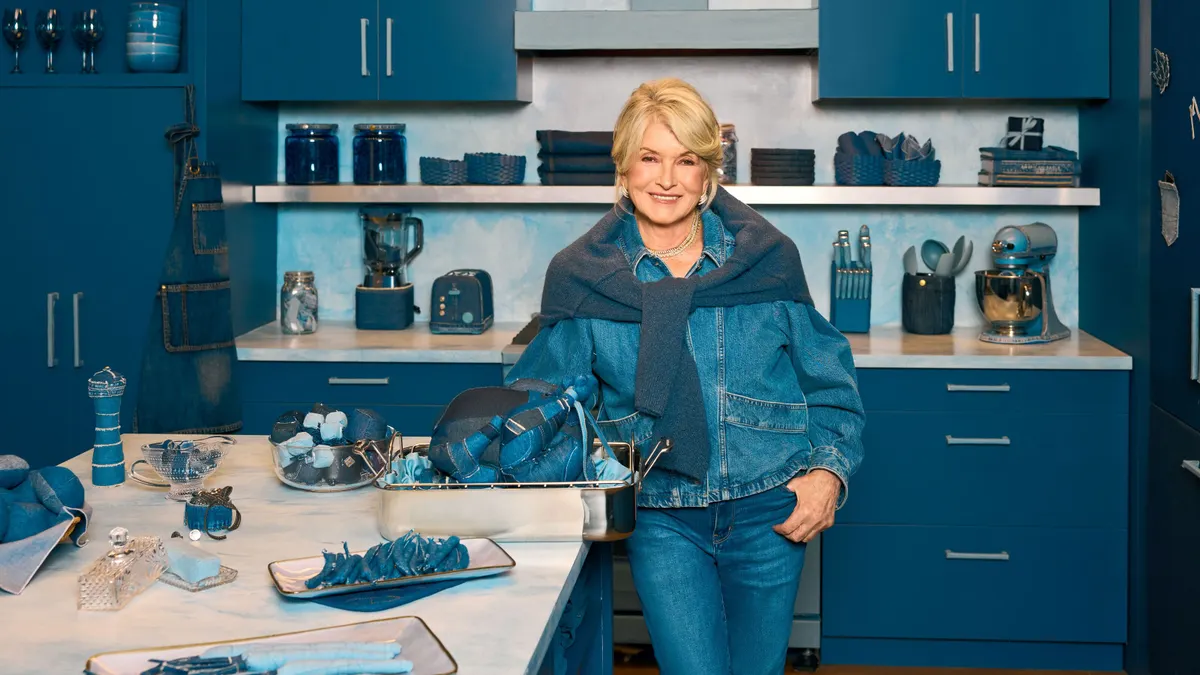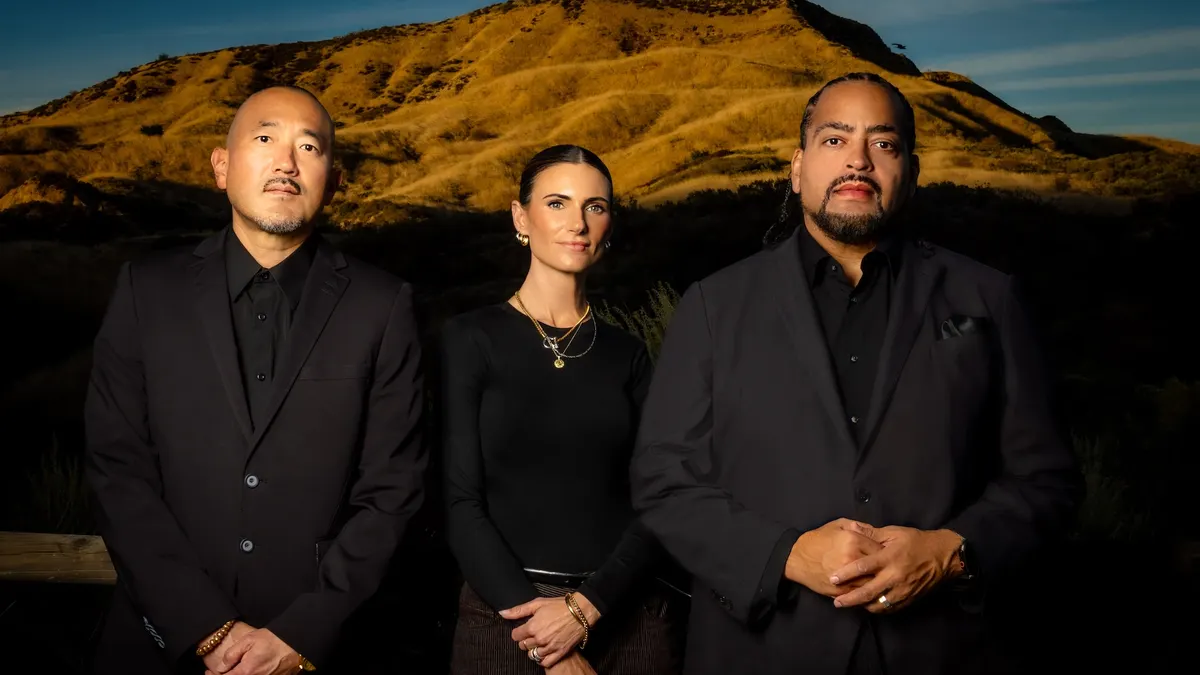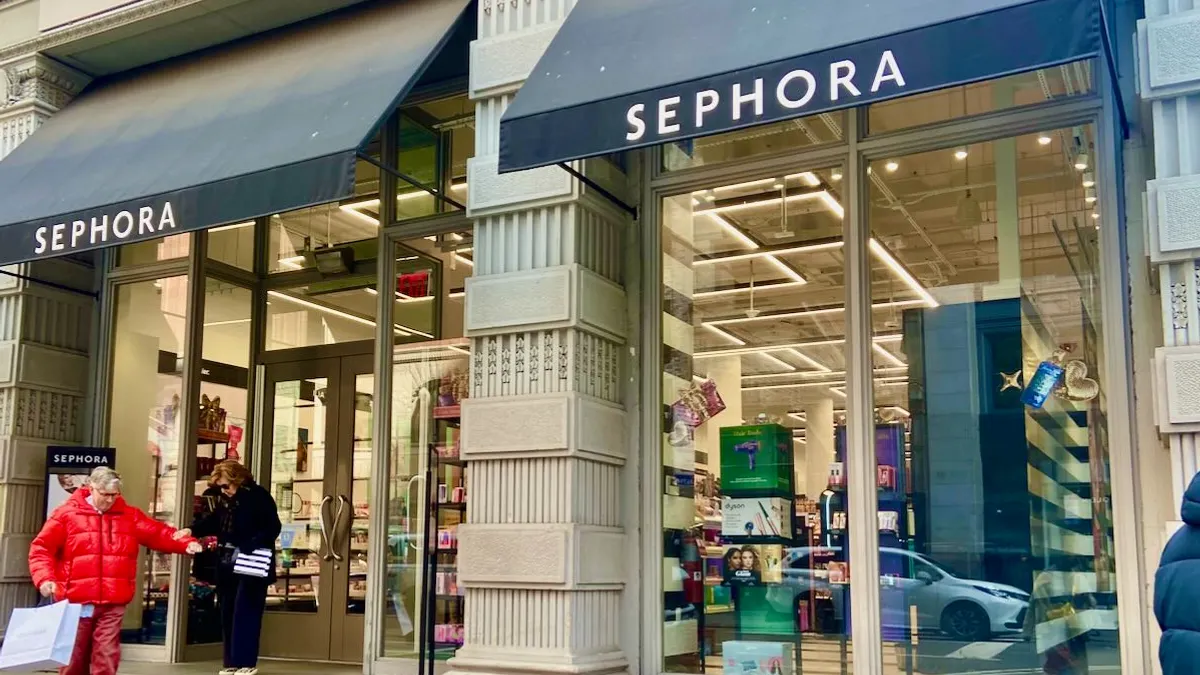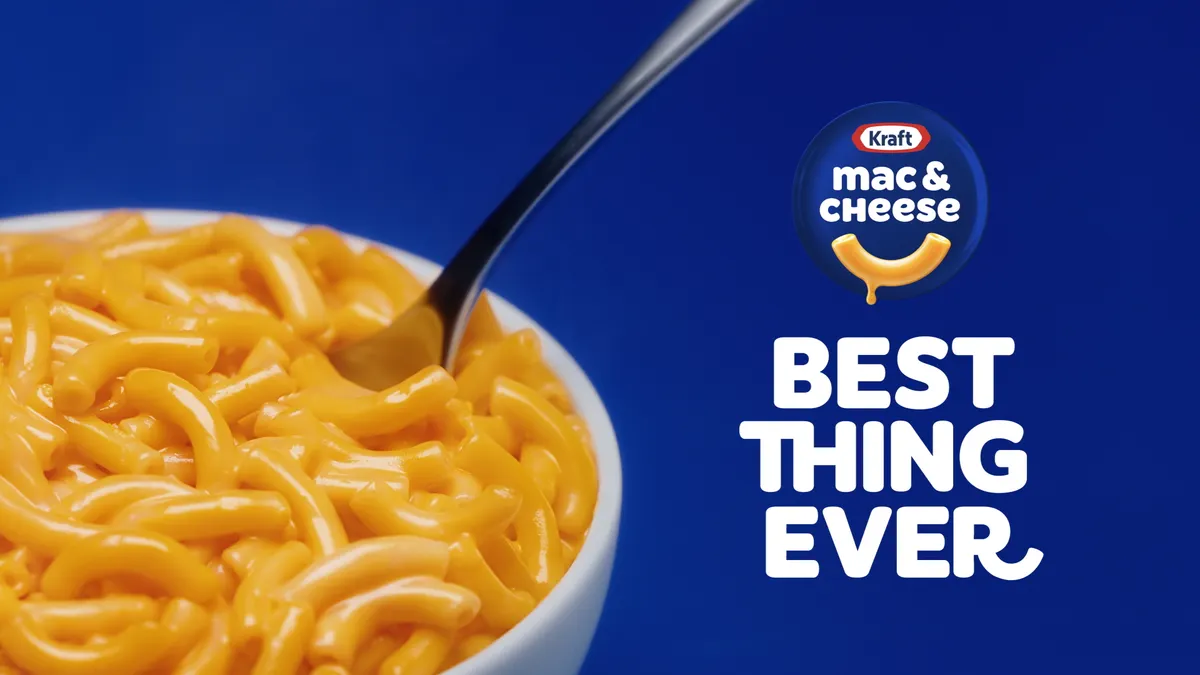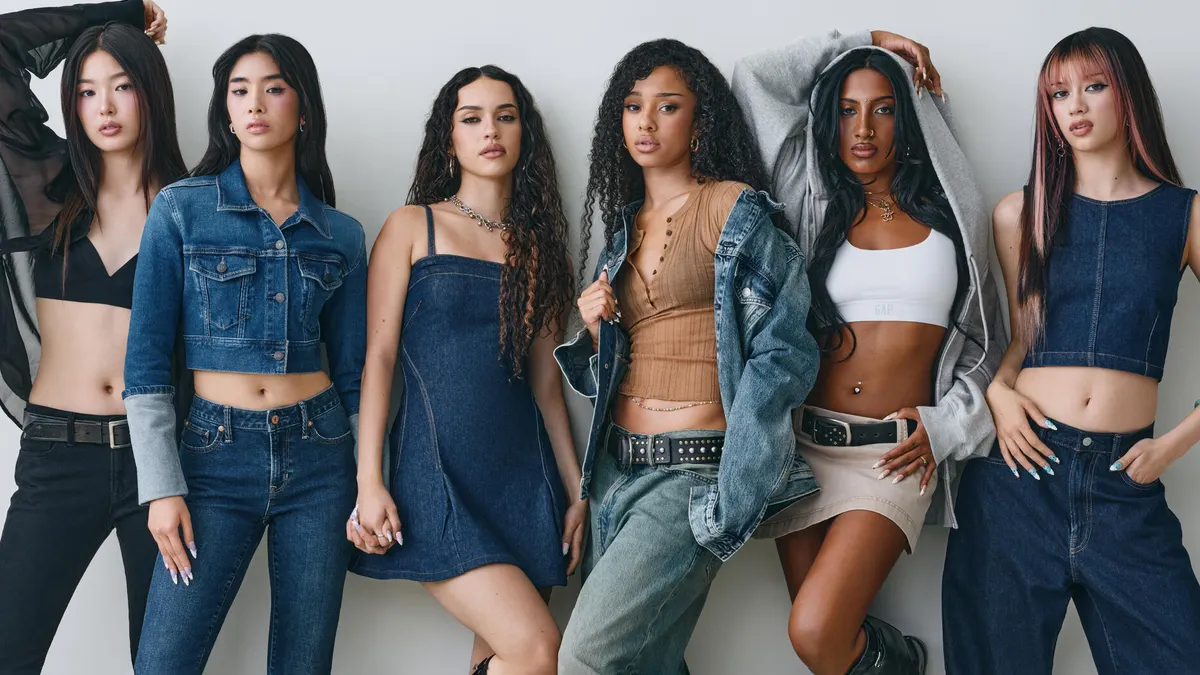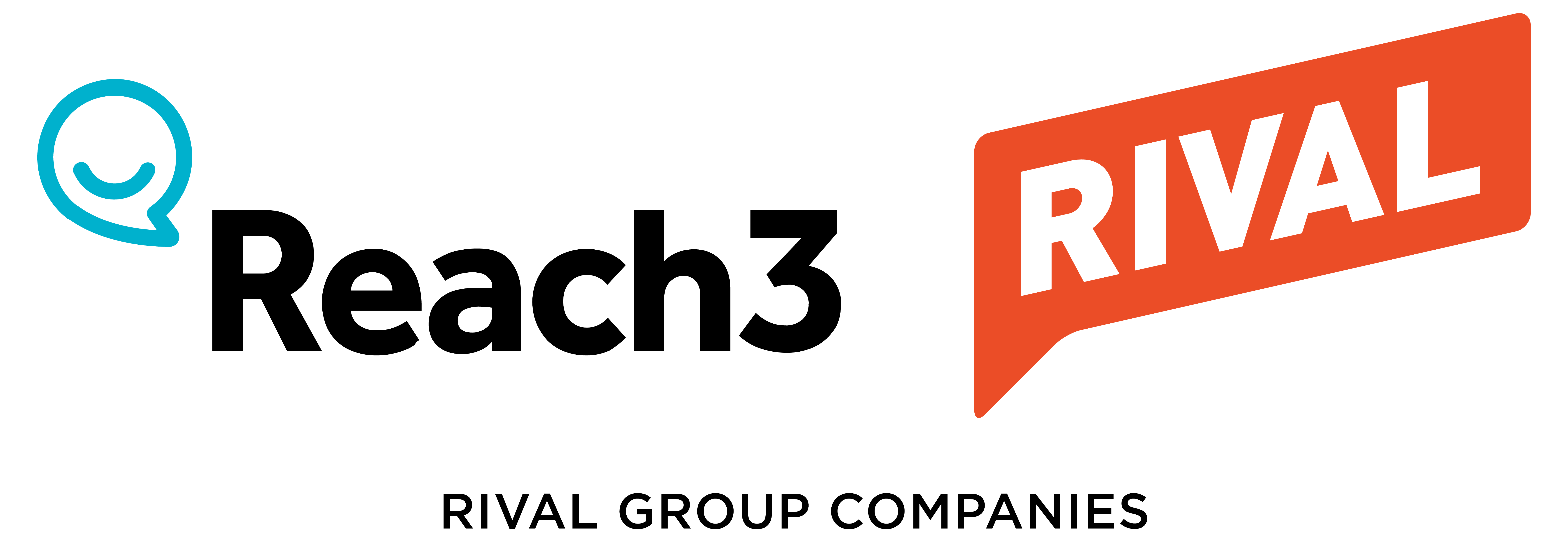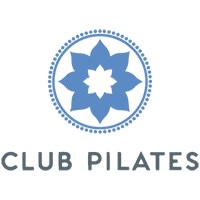NEW YORK — The idea of marketers “moving at the speed of culture” has been repeated and rehashed into cliché, but what it lacks in originality, it makes up for in truth. Brands that can engage with consumers at the accelerated pace of digital life and navigate the slipstream of cultural conversations are often the ones that win.
But to get culture-driven efforts right, marketers must have a reliable framework and aligned partners. That was a key takeaway from a panel discussion at Advertising Week New York on Monday (Oct. 6) featuring marketers from PepsiCo and Molson Coors and an executive at agency Rethink.
Two years ago, Molson Coors, alongside partners like Rethink, put together a framework for creative effectiveness that highlights six must-have characteristics: magnetic, unexpected, simple, crafted brilliantly, long-term platform and essence of brand, or MUSCLE. Rethink has a similar framework called CRAFTS — short for clear, relevant, achievable, fresh, true and shareable. Whatever the acronym, the idea is to develop a shared vocabulary that helps cut through vague, subjective conversations that get caught up in seniority or other factors, said Sean McDonald, global chief strategy officer and partner at Rethink.
For PepsiCo, the importance of a consistent perspective comes from the top, with leadership referring to the company’s marketers as “growth architects” responsible not just for exciting, thumb-stopping creative but “less sexy stuff” like market availability and correct value propositions, said Jess Spaulding, who leads marketing for food master brands and portfolio transformation at PepsiCo Foods.
“We really look at it holistically with our cross-functional partners as well to make sure that the brands are set up to not only be distinct and culturally relevant, but be able to create long-term growth for the company,” said Spaulding, who previously served as CMO of PepsiCo Canada.
Knowing when to jump in
While each letter of Molson Coors’ MUSCLE framework is equally important, the “L,” for long-term platform, and the “E,” for essence of brand, are a particular focus, explained Leslie Malcolm, vice president of marketing for Molson Coors Canada.
“Those two are really important for that gut check of, ‘Is this a risk we should take, or is this even a space we should play in?’” Malcolm said during the panel. “I’m a firm believer that just because we can doesn’t mean we should.”
For PepsiCo, the ability to capitalize on timely moments comes from having a strong long-term vision for each brand’s story arc: 18-month-long timelines tied to innovation that receive the lion’s share of media investment. From there, deciding when to engage with pop culture comes down to having something authentic to say from a brand perspective.
“There have been a lot of moments that we haven’t decided to participate in,” Spaulding said. “A lot of them tend to be ones where we just don’t have a point of view that somebody needs to hear from a chip brand or a soda brand.”
A Frito-Lay Canada campaign that encouraged consumers to leave chips for Santa Claus instead of the usual plate of cookies is one example where PepsiCo had an opportunity to jump on a cultural moment, Spaulding noted.
“There’s a competitor of ours that has a lot of history with that character, and so [it was] all the more reason why to do it,” Spaulding said. “That one was pretty straightforward, because it created a new occasion for the brand, and it created a really cool conversation around it.”
The Frito-Lay connection with Santa Claus allowed the brand and agency team to take on the iconography of another brand, tie into consumer tastes around sweet and savory and “zag” on the conventions of the category, McDonald said.
For its part, Molson Coors zagged for a 2024 campaign, crafted with Rethink, around its Molson brand and the Professional Women’s Hockey League. In “See My Name,” the brand sponsored the space above the jersey number (an area usually covered by players’ hair) and allowed the players’ names to receive more visibility lower on the jersey. The campaign came together around a brand synonymous with hockey and the rise of women’s sports.
“We had a responsibility to show up,” Malcolm said. “We have been there for hockey, helped grow hockey and grow fandom around hockey in a really organic way over the years. [The PWHL] needed the sponsors, the buzz and the attention, so it was this perfect, sweet spot interaction of both cultural relevance and the brand.”
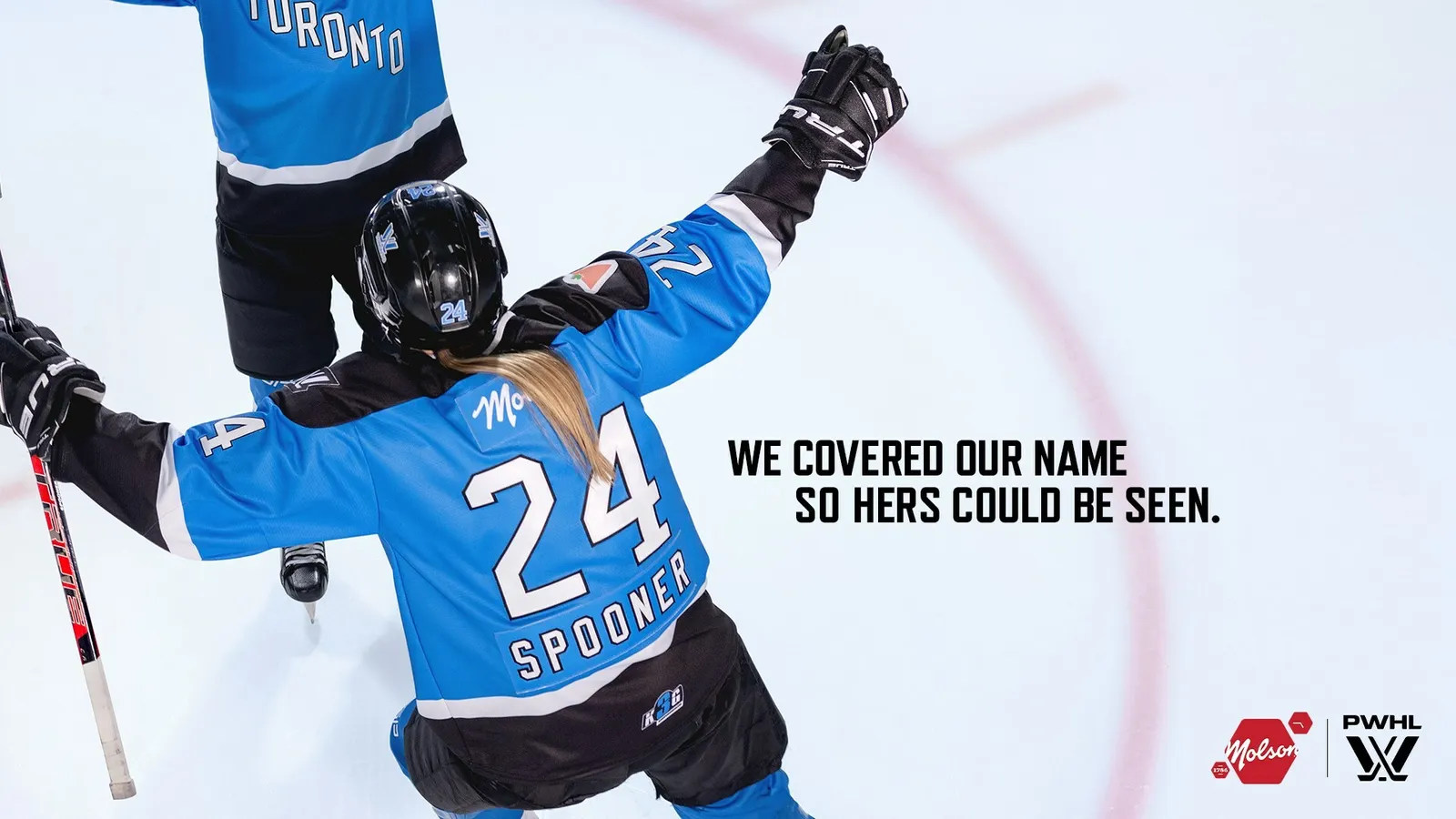
Making it work
There is an inherent tension between the speed of culture and the more measured movement of CPG giants like PepsiCo and Molson Coors. Along with crafting strong long-term plans, marketers need to be nimble and flexible enough to allow for short-term activations around cultural moments.
“Our job is to remove all the barriers we can as quickly as possible so we can go execute the strongest idea possible,” Malcolm said. “You’ve got to have that balance of the long-term, big ideas, with that culture of creativity and agility, and a little bit [of budget] tucked aside for when those ideas come your way so you can jump into action.”
PepsiCo has adopted a similar balance between long-term planning for efforts like Super Bowl ads and short-term activations. But for all of the KPIs that PepsiCo measures, “going viral” is not one of them, Spaulding explained. Instead, these efforts help increase the velocity of sales by increasing consumer recall and purchase, McDonald added.
“You need to have a long-term strategy, but you should be able to consistently ensure that you are extracting every bit of brand value through design, advertising, good media placement and public relations to increase the value of reaction so you’re memorable and distinct,” said McDonald.


